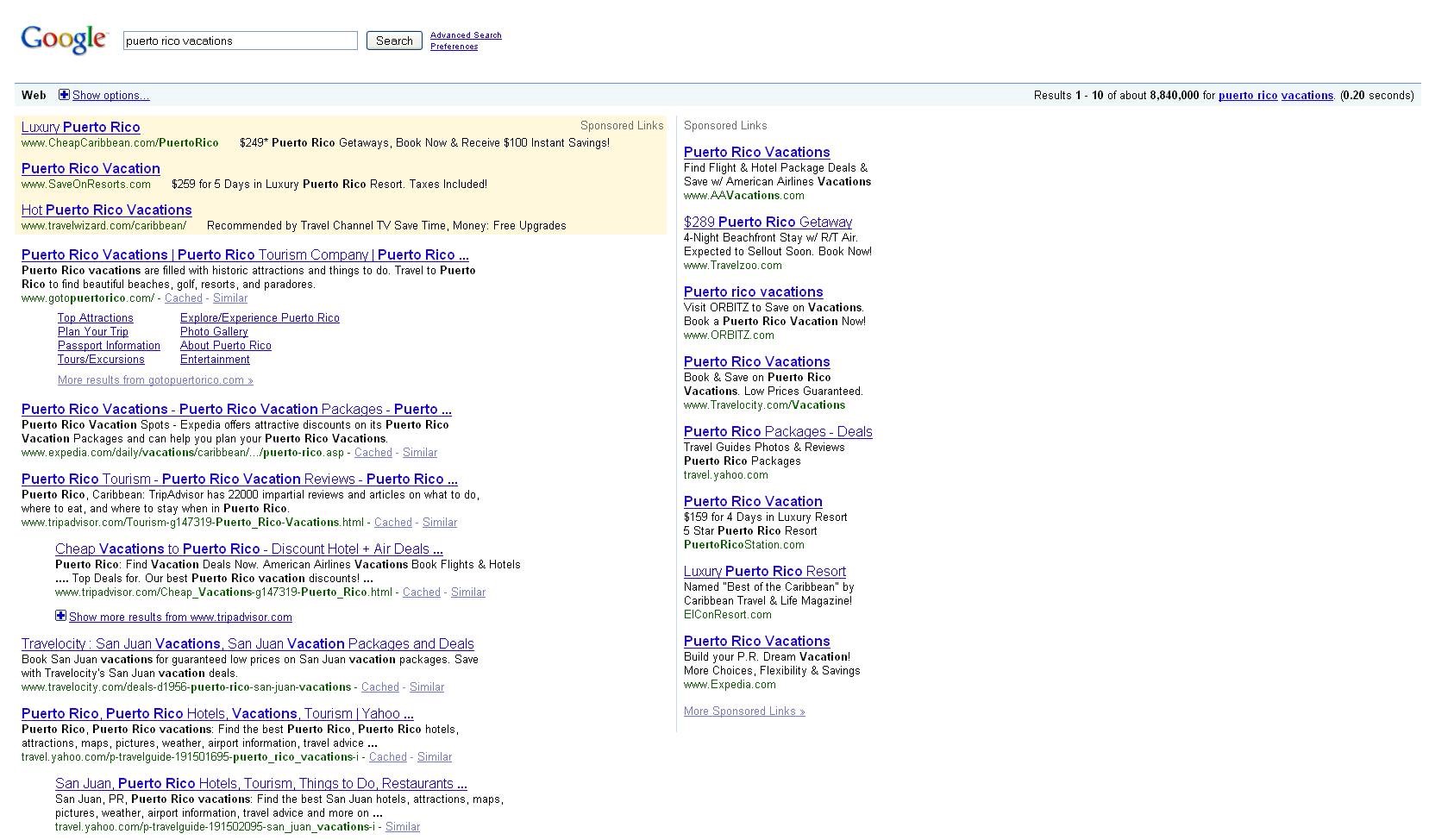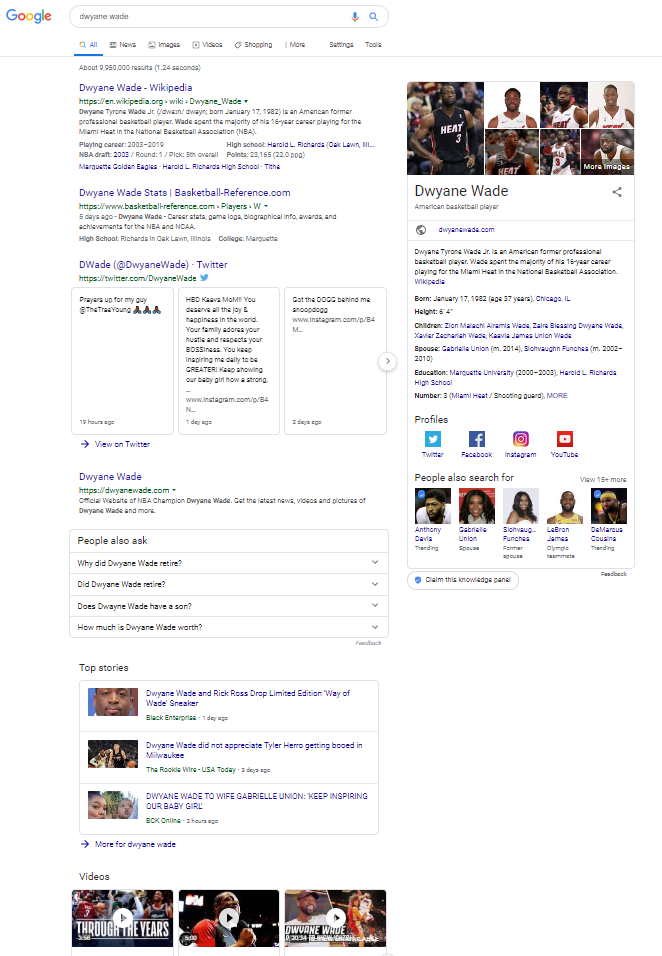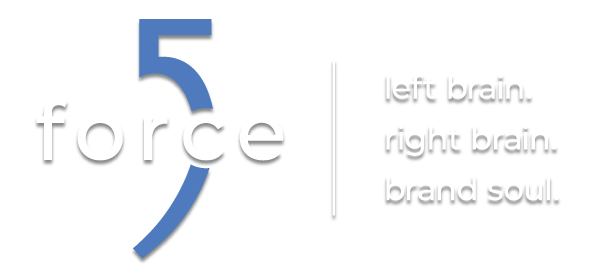Can you think back to when searching the internet was simpler? No mumbo jumbo, ads, and information you don’t care about displaying everywhere? Yeah, I remember too. Take a look at the Google Search Engine Results Page (SERP) just a decade ago.

 Now, take a gander at what the SERP looks like today by just typing in “Dwayne Wade”
Now, take a gander at what the SERP looks like today by just typing in “Dwayne Wade”

Holy cow, what a difference! Google has constantly been changing its Search Engine Results Page over the years to create a more personalized experience for the searcher, which isn’t a bad thing. Whenever a person has a desire, need, or question, more than likely we turn to the internet, more specifically Google. Google owns a whopping 92% of worldwide market share for search engines. That’s unbelievable! But what does this have to do with SERP?
Look back at the modern SERP page previously shown. Structurally, the page is entirely different and is constructed by what Google thinks you want to know. This is important to understand, because SEO and SERP are becoming two different things when looking to “optimize.” Traditional SEO practices (targeted keywords in your content, backlinking, etc) mainly impact your site’s ranking in the organic search results. While the organic results are certainly still relevant, now they often take up a very small portion of the overall search results page. So traditional SEO is still relevant as part of a larger SERP strategy.
The SERP is a personalized experience like no other. Depending on the search query, Google will provide you with as much information as possible before even showing you the traditional list of websites you may be looking for. What does this mean? Well, it means that we need to take a holistic approach to your business, and think about how can we get into some of these “featured” areas. Approx. ¾ of a modern SERP page contains multiple “featured” areas and only a ¼ of them being organic website results. This is why traditional SEO is still important to try and show in the ¼ part of the SERP page and optimize for branded terms. However, if that doesn’t happen, how will people find you in the big mess!? (You can always “pay to play” but that’s not for everybody.)
Here is a list of Google’s featured areas:
- Direct Answer Box
- Featured Snippets (multiple variations)
- Rich Snippets
- Rich Card (for mobile)
- Knowledge Graph
- Knowledge Panel
- Local Pack
- People Also Ask
- Image Pack
- Video Pack (You
- Site Links
- News Box
- Paid Ads
All of these “featured” areas aren’t for everyone, can be super competitive to dive into, and takes time for Google to digest information. Depending on the scope of your business, there are ways to break into these areas, which is done by creating CONTENT. Content is king, you can optimize your content by focusing on what’s important/relevant to your business.
Every digital avenue of your business plays a key role, as Google tries to find content that is relevant to that search query and pulls it onto the SERP. For example, if your business doesn’t do much on YouTube, but you have the ability and could create impactful content that people would watch, perhaps it’s worth looking into so Google can draw connections to your activity and content.
In a nutshell, Google search results pages are constantly changing and can be a pain to keep up with. But at the end of the day, everyone uses Google to help answer questions that can arise at a moments notice. It’s best for us to try and be there in those moments, or you risk missing an opportunity with your customers
There are so many different ways you can now be found through Google search. Force 5 can provide a lucrative strategy in upping your SERP game. Get in touch with us today!
Jim Ragosta
Digital Media Specialist
Force 5



